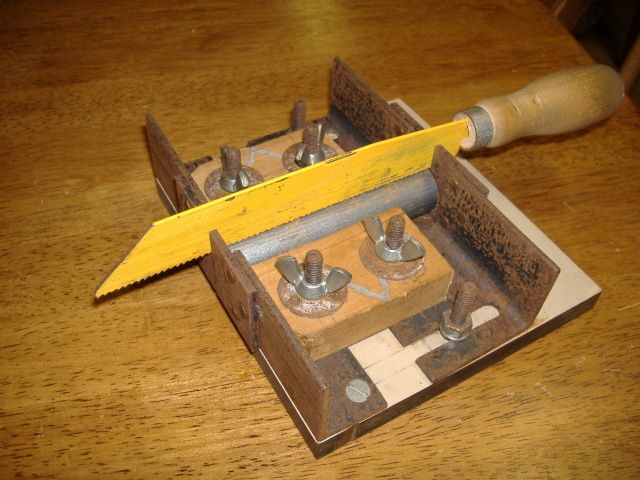Well, I'm certainly no expert. A lot of the "originals" I came across that I thought I could copy- ended up I found out the museums had the dates wrong and they were post 1840. The other issue is pre-1840 "gentlemen's" folding knives with engraved bolsters, mother of pearl scales, etc.- they may be pre-1840 but probably not something a long hunter or mountain man would be carrying. These "gentlemen's" folders are more of an issue than may appear because they got treated right and they have survived whereas the "using" folders are mostly gone.
So far, I think in a general sense the liner and bolsters can be integral and of iron. They can be a separate iron liner and a short shoulder or front bolster of iron. They can be plain or with one or two grooved lines that are a crude decoration. As one gets into the 1800's I'd say a brass or iron liner with an "applied" brass bolster (they are in Smith's 1816 Key) start to become more common. Once again, for the common man either plain or maybe 1-3 grooved lines for decoration.
I'm told George Washington had a Barlow with him when he crossed the Delaware. The only pre-1840 Barlow photo I've seen was unusual. The front of the bolster wasn't any thicker than the rear liner portion, the bolster then became more thick towards the scale. At the scale the iron then thinned to about the thickness at the front- if that makes sense. And bone scales.
On the scales, for the common man- a lot of bone, plain or with crude checkering of parallel lines or skip lines (crisscross), or scales of horn. Some of wood- maybe.
All this is just my overall impression- a whole new world for me that I've really just started exploring.
For anyone interested, the kicks seem to be square whereas today they are rounded. The ricasso (sic?)area seems very short, the edge goes almost to the front bolster. Willow leaf or blunt tips, stamped nail nicks, maker's name stamped on blade about where the G-Crown-R type stamps appear on scalpers and butchers. Square tangs (clean and square joint) were maybe 10 % of the output.
Incidentally I "cheated" on one of these square tangs. They are sort of difficult to make and as I understand the mark of the better cutlers. If you put a nub on the bottom of the spring, you can then slowly grind down the nub- which lowers the blade into the slot- until you get it just right. If this nub slants towards the rear in a stretched out manner it is mostly invisible in looking into the slot.
I'd sure appreciate any input from anyone on these details. As I said, what I am stating here are my impressions so far.







